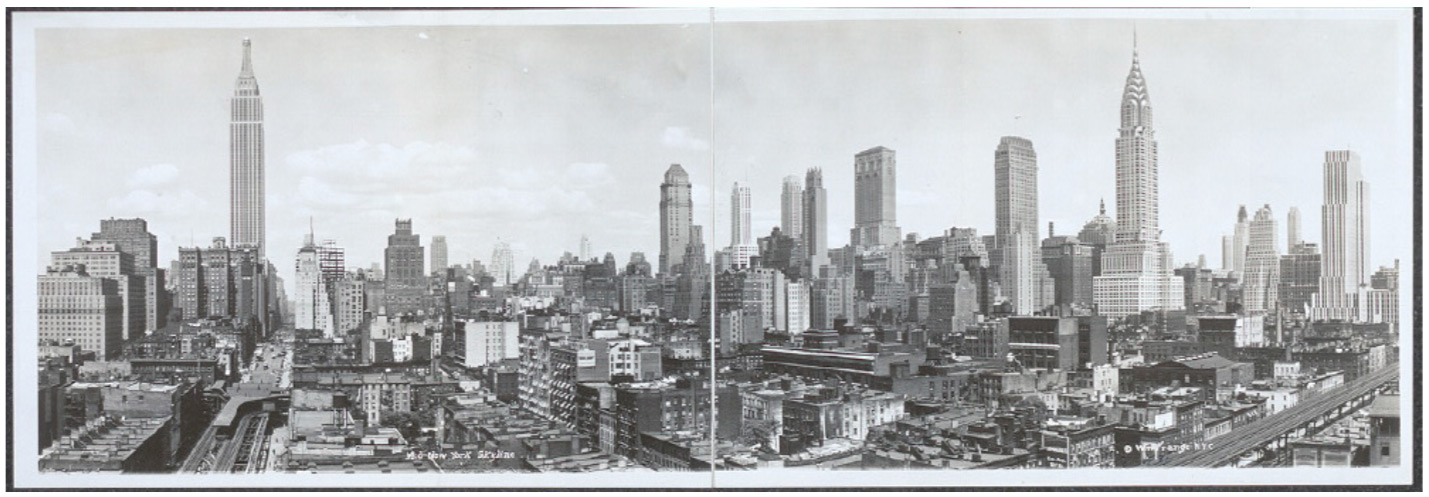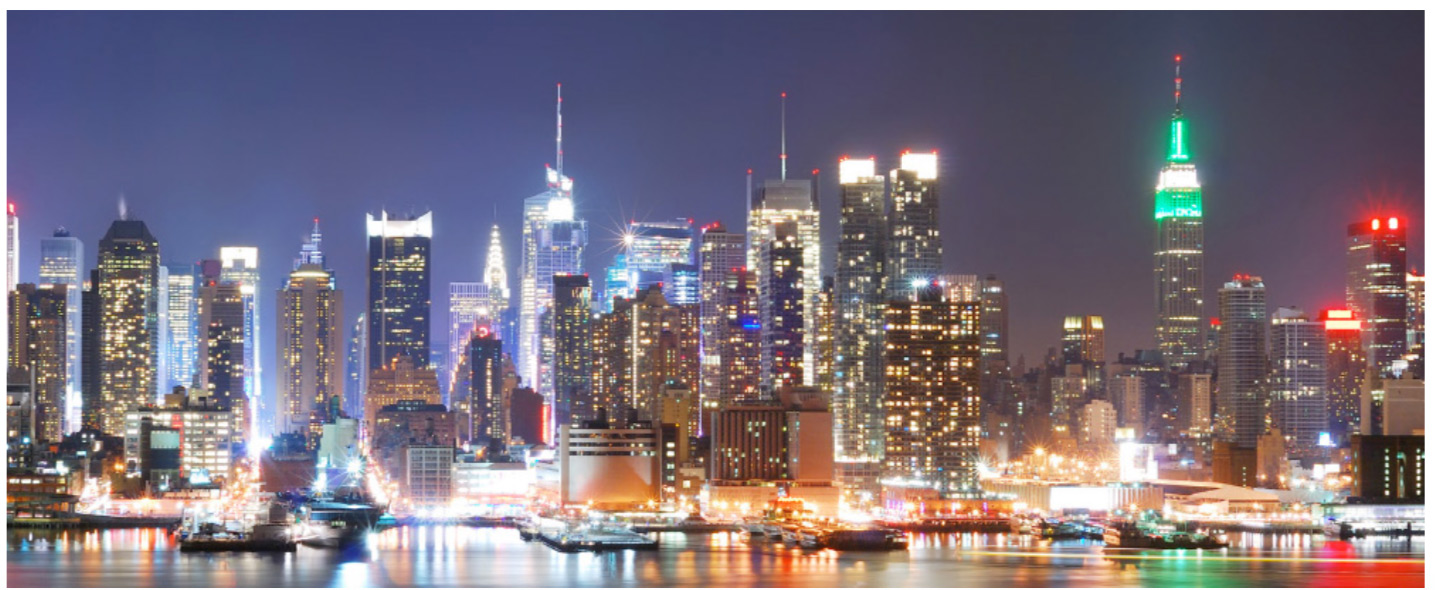Supercities
Prefabricated, standardized, and modular construction has incredible potential to revolutionize how we build things, allowing us to raise structures far larger and far faster than we can today. When taken with the other advancements of Scarcity Zero, this stands to transform humanity’s approach to cities, and how we live in them.
As cities have evolved, they have expanded in population and sprawl, drawing in people by the billions to their economies, amenities and culture. Modern technological advancements in infrastructure, however, didn’t exist until the early-to mid-1900s, even in affluent areas. Today, even the most modest city dwellings have amenities such as running water, plumbing and electricity, as well as means of transportation and communication that would have been unthinkable for the past 99.99% of human existence. Further advances in technology can take us to an even higher stage of city living: “supercities.”
Conceptually, a supercity is an urban center that provides residents with an unprecedented quality of life by leveraging next-generation technical capability. As it has no fixed definition within our lexicon, we’ll define a supercity as having the following six criteria:
- Population: a supercity has a total population of 10 million or greater, or the ability to readily scale to support that population. This is the only requirement a supercity shares with a “megacity,” presently defined only by having a population of greater than 10 million people.[26]
- Energy and resources: although integrated with external power grids and resource production systems, a supercity is able to produce the majority of its energy and resources through municipally integrated renewable infrastructure, supplemented by external LFTRs or CHP Plants.
- Utilities as public provisions: taking advantage of inexpensive energy and simplified installation of utilities through renewable-integrated roads, a supercity provides electricity, water, heat, and high-speed internet as publicly funded municipal services.
- Advanced construction: building new structures and upgrading existing ones are top priorities for supercities. Buildings, bridges, and tunnels are rapidly constructed using prefabricated, modular methods with high energy efficiencies, and are further integrated with renewable technologies. Supercities, therefore, have a high percentage of new, modern buildings and infrastructure.
- Transportation: a supercity features advanced transportation technologies, such as maglev rail and autonomous vehicles. These are discussed in the next section of this chapter.
- High quality of life: a supercity provides excellent education, healthcare, employment and recreation at low cost with a high quality of life index.[27]
Life in a supercity would stand in stark contrast with today’s urban environments, where most areas range in quality from fantastic to poor, usually with good to mediocre mixed somewhere in between. But polarized distribution of wealth becomes less of a social malady if all necessities of life can be inexpensively provided through technology.[28] Higher-quality amenities would become more affordable, enabling everyone to increase their quality of life without necessarily having to spend more money. Essentially, Scarcity Zero would allow things to be built to the quality of the fantastic at the cost of the modest. This capability supports businesses, venues, attractions, and thus jobs – allowing any given area of a city to thrive, and in turn, advance.
As a result, everyone is afforded a greater sense of community, which translates to reduced crime and a collectively greater life experience. Utilizing this approach in all areas of a given city raises the floor and in turn enables a city to devote greater amounts of resources to continually advance, improve and evolve.
Supercities are closer to reality than one might think. Cities have been rapidly developing over the past 100 years, and tomorrow’s technology is only going to accelerate that pace. For example, take a look at the New York City skyline over the past century, starting from 1914:



In this 100-year period – a blink of an eye in historical terms – we see that the New York City skyline has grown immensely in both scale and sophistication. With the technical breakthroughs Scarcity Zero provides, we can advance urban construction at proportionally similar or reduced costs. As Scarcity Zero would enable us to prefabricate and rapidly construct effectively any type of urban infrastructure, we can grow cities to scales that are not yet possible today.
The question now becomes: what does the skyline of New York City, or any, look in a world powered by a dynamic of effectively unlimited energy and resources, 20, 50, or even 100 years from now? Futuristic concepts notwithstanding, they nonetheless represent the potential futures made possible by the advanced technology on our near-term horizon.

This is especially important because as humanity’s population is rapidly expanding, billions of people are expected to flock to cities within the next few decades.[29] For reference, roughly half of the planet lives in cities today. By 2050, that number is expected to exceed 70%.[30] Such environments must be able to scale in size in order to accommodate this shift, and supercities can do so while also supporting internal energy and resource production, advanced systems of transportation and rapid construction of social infrastructure.